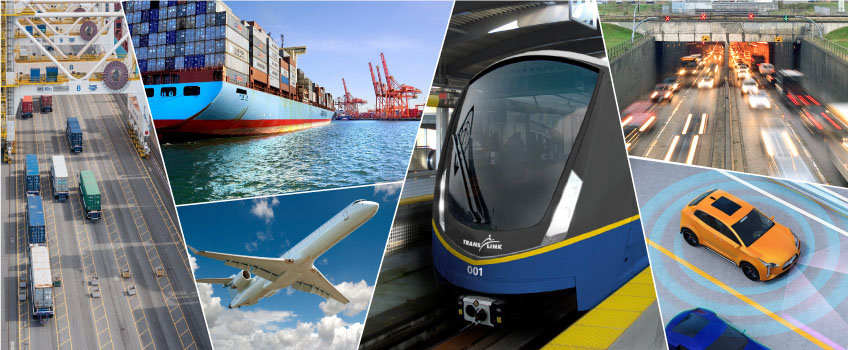
Transportation plays a vital role in our modern society, connecting people and goods across vast distances. However, with the increasing complexity and interconnectedness of transportation systems, security issues have become a major concern. In this blog post, we will explore the various security challenges faced in transportation and discuss effective strategies to mitigate these risks.
- Cybersecurity Threats:
In today’s digital age, transportation systems heavily rely on technology and interconnected networks. This dependence exposes them to cyber threats, including hacking, data breaches, and ransomware attacks. Such attacks can disrupt critical infrastructure, compromise passenger safety, and lead to significant economic losses. To combat these threats, transportation authorities must implement robust cybersecurity measures, including regular system audits, network segmentation, encryption protocols, and employee training on cyber hygiene. - Physical Infrastructure Vulnerabilities:
Transportation infrastructure, such as airports, seaports, and railway stations, are potential targets for terrorist attacks and criminal activities. Weak access controls, inadequate surveillance systems, and insufficient perimeter security can leave these facilities vulnerable. To enhance security, it is crucial to deploy advanced surveillance technologies, implement access control mechanisms, conduct regular security audits, and collaborate with law enforcement agencies to ensure a swift response to any potential threats. - Transportation of Hazardous Materials:
The transportation of hazardous materials, including chemicals, radioactive substances, and flammable liquids, poses significant security risks. Accidental spills, leaks, or intentional misuse of these materials can have catastrophic consequences, endangering lives and the environment. To address this challenge, strict regulations and protocols must be in place, including proper packaging, labeling, and tracking of hazardous materials. Additionally, comprehensive training programs for transportation personnel and regular inspections of vehicles and storage facilities are essential to minimize the risks associated with their transportation. - Insider Threats:
Transportation systems rely on a large workforce, including employees, contractors, and service providers. While most individuals are trustworthy, there is always a risk of insider threats. These threats can range from theft and sabotage to unauthorized access to sensitive information. To mitigate this risk, transportation organizations should implement stringent background checks, access controls, and monitoring systems. Regular training and awareness programs can also help employees recognize and report any suspicious activities. - Emergency Preparedness and Response:
Transportation systems must be prepared to handle emergencies effectively, including natural disasters, accidents, and terrorist incidents. Establishing robust emergency response plans, conducting regular drills, and ensuring coordination among various stakeholders are crucial. Additionally, leveraging advanced technologies such as real-time monitoring systems, predictive analytics, and communication platforms can significantly enhance emergency response capabilities.
Conclusion:
Securing transportation systems is a multifaceted challenge that requires a comprehensive approach. By addressing cybersecurity threats, strengthening physical infrastructure, ensuring safe transportation of hazardous materials, mitigating insider threats, and enhancing emergency preparedness, we can safeguard the journey for passengers and protect critical infrastructure. It is imperative for transportation authorities, industry stakeholders, and governments to collaborate and invest in proactive security measures to ensure a safe and secure transportation ecosystem for all.

